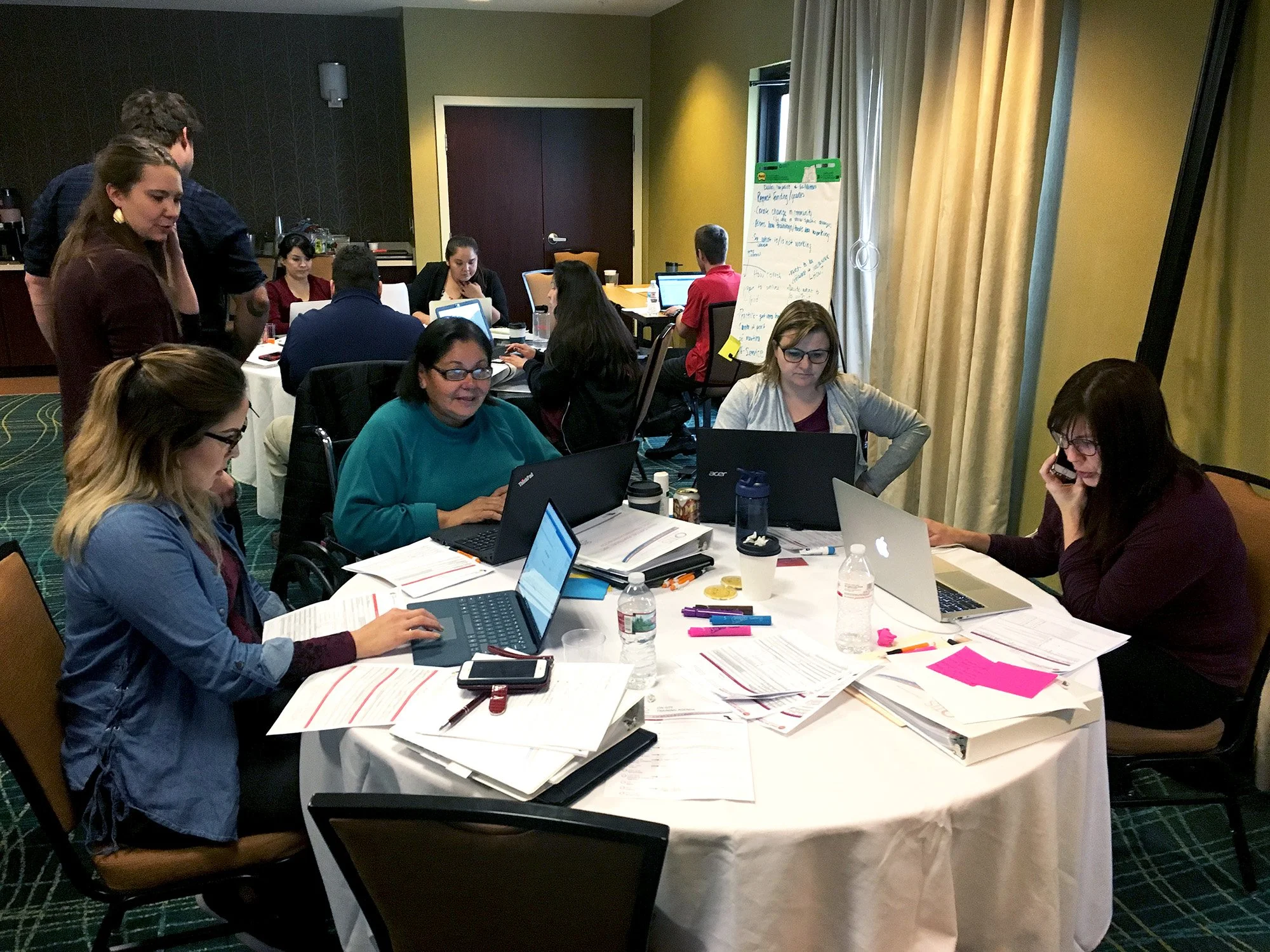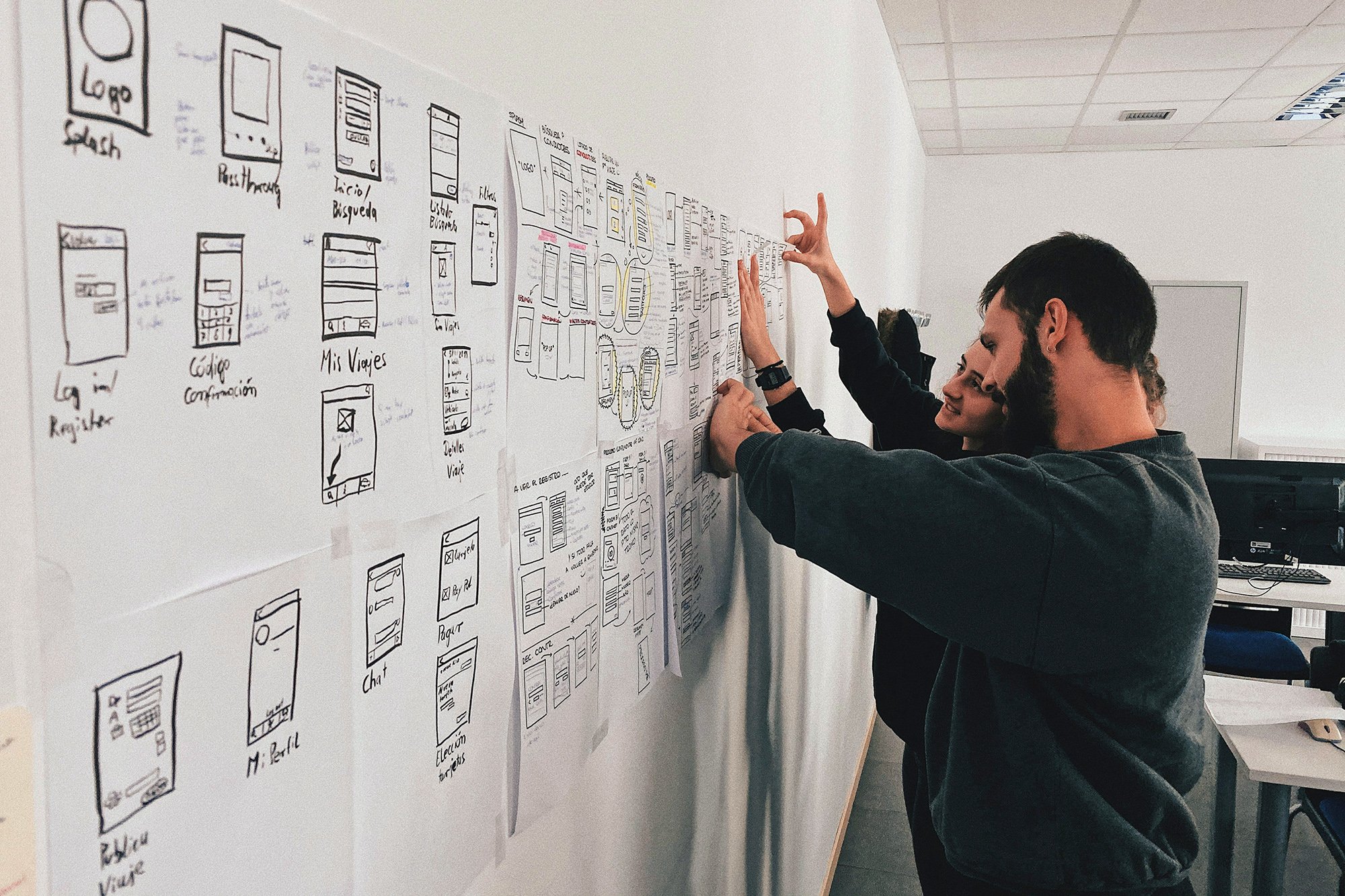What philanthropy can learn from Indigenous funders
Mainstream philanthropy, while well-intentioned, can often stumble under the weight of its own bureaucracy. Many of the restrictive charters, rules, and bylaws imposed on grantees create barriers that disproportionately affect grassroots and marginalized communities — the very ones funders are trying to serve. Imagine a small, community-led organization with limited capacity and resources, who every year find themselves in a complicated mess of lengthy application processes and exhaustive reporting requirements. Instead of dedicating their time to community work, they’re forced to spend their energy on funders’ demands. Compliance is an administrative burden that smaller organizations struggle to overcome.
Rigid funding models exacerbate the issue. Grants are often restricted to specific programs or outcomes, and this leaves little room for flexibility and adaptation to unexpected circumstances. When emergencies arise, grantees must be able to shift their priorities and focus on urgent needs like rent, salaries, and supplies. But these needs often fall outside the funder’s scope and grantees are unable to pivot — stuck instead within the confines of pre-determined budgets and their shortcomings.
On top of rigid funding terms, the overemphasis on metrics puts undue pressure on organizations to produce quantifiable results. Funds are typically tied to short-term outputs like the number of participants served or goods distributed, but what about the deeper, slower work of systemic change? How do you show an increased sense of belonging, or healing from intergenerational trauma? These outcomes are intangible and more difficult to measure. Grassroots initiatives — particularly in Indigenous and underfunded communities — often find themselves squeezed into frameworks that fail to recognize their cultural realities and long-term goals.
And then there’s the inefficiency. Bureaucratic processes are often slow and complex, favoring well-resourced organizations that can withstand long grantmaking timelines and cash flow gaps. The philanthropic norm is the “one-year grant,” which not only results in missed opportunities for grantees while they wait months for a decision, but if and when the funding does arrive, it’s only for the short term. This makes it difficult for grantees to sustain their work beyond limited grant cycles. Without multiyear and unrestricted investments, organizations don’t have the stability they need to be nimble, build capacity, and drive meaningful, lasting change.
Underneath it all lies a fundamental issue: a lack of trust. Bureaucratic systems function on oversight, with funders reluctant to give up control. But this paternalistic approach undermines the communities philanthropy aims to support by keeping decision-making power in the hands of boards, rather than with the people most impacted by the issues. Exclusionary practices further widen the gap, shutting out smaller, grassroots organizations — especially those led by people of color, Indigenous leaders, and ones based in rural areas.
In a system designed to serve, bureaucracy often becomes the barrier. Grantees are fighting just to be heard, let alone trusted and funded. For philanthropy to make transformative change, it must shift away from these constraints, embrace trust, flexibility, and community-led decision-making.
It’s time for funders to do things differently
To truly shift systems, funders must first acknowledge that much of the deep, intergenerational wealth they’ve acquired was built on the oppression and displacement of Indigenous people. Through land theft and the destruction of cultural economies, these injustices created a system where wealth flowed directly into the hands of settlers and corporations at the expense of Native people. Adding to these historical atrocities, Indigenous communities today receive only a tiny fraction of total funding. In fact, Native Americans make up 2.9% of the total population but receive just 0.4% of philanthropic dollars. Thoughtful and deliberate reparations and repair work are necessary, and non-Native foundations should recognize this disparity by making it central to their origin story.
Indigenous philanthropy goes even deeper to reflect Indigenous values of respect, relationships, responsibility, reciprocity, and redistribution. “Indigenous philanthropy” may be a recent term in mainstream funding, but Indigenous peoples have been giving for centuries — long before modern social justice efforts. Native-led organizations like Native Americans in Philanthropy and Native Ways Federation are leaders in community-centered giving and cultural preservation, namely because they listen to the funding priorities of Tribal Nations. By prioritizing self-determination, they give Native communities control over the resources and decisions that shape their futures.
Unlike mainstream philanthropy, Indigenous philanthropy focuses on sovereignty and cultural vitality with efforts that span the protection of sacred lands, the preservation and revitalization of languages, regenerative food and agricultural systems, youth leadership, and climate resilience. And by preserving traditional culture, emphasizing sustainability, and honoring ancestral knowledge, Indigenous philanthropy is directly connected to community lifeways, creating solutions that are deeply rooted in cultural identity. It’s a model of giving that not only addresses current needs, but nurtures future generations.
Case studies in Indigenous philanthropy
First Peoples Fund
First Peoples Fund leads the movement that recognizes Native artists and culture bearers as essential to community strength, cultural preservation, and economic vitality. Through its national fellowship programs, community-based partnerships, and advocacy efforts, First Peoples Fund champions Indigenous creativity as a powerful force for change. Their work has reshaped how philanthropy understands and funds cultural work as foundational to healthy, thriving communities — valuing Indigenous artists not only as creators, but as leaders, educators, and tradition-keepers.
Good Relatives Collaborative
The Good Relatives Collaborative is transforming the philanthropic landscape in Native communities across Minnesota, North Dakota, and South Dakota. Distributing over $1.2 million annually, they prioritize healing, cultural revitalization, capacity building, and community leadership — all while centering Native values. They recognize that flexible, trust-based, community-directed funding supports systemic change. By listening to their grantees and partners, they’re actively evolving their funding model through stronger peer networks and more accessible application processes. The Good Relatives Collaborative exemplifies how Indigenous-led philanthropy builds pathways toward sovereignty, sustainability, and collective healing that’s grounded in relationship, reciprocity, and cultural continuity.
Colorado Plateau Foundation
Since its founding, the Colorado Plateau Foundation has awarded over $7 million to Native-led initiatives focused on cultural preservation, environmental stewardship, and community resilience. They prioritize initiatives that amplify grassroots voices and integrate traditional knowledge with sustainability practices. By addressing systemic inequities and providing long-term support, the Colorado Plateau Foundation continues to be a trusted ally for Native communities on the Colorado Plateau.
Follow Indigenous leaders
Right now, grassroots and community-led organizations are at a critical moment in our history. Funders and philanthropic institutions must move from intention to action and follow in the footsteps of Native leaders.
How to be a better philanthropic partner
Build long-term partnerships grounded in mutual respect. Replace transactional funding with models rooted in trust, dialogue, and shared responsibility.
Reduce unnecessary bureaucracy by simplifying reporting processes, eliminating redundant requirements, and trusting self-reported data. Offer oral or video-based application options for grassroots groups.
Fund Native-led organizations with unrestricted, multiyear grants that honor their sovereignty and allow them to set their own priorities.
Support back-office operations, strategic planning, data systems, and staff development — investments that strengthen organizational stability and cultural relevance.
Include Native leaders in decision-making roles by hiring Indigenous staff, inviting Native advisors to grantmaking boards, and co-creating funding strategies with Native communities.
Invest in language preservation, ceremony, intergenerational learning, food systems, and other cultural practices as essential infrastructure for thriving communities.
Amplify the successes of Native-led organizations to inspire broader change in the philanthropic sector and showcase their strength and innovation.
Now is the time to learn from Indigenous leaders. Indigenous philanthropy walks alongside communities by centering trust, reciprocity, and relationship-building as principles and practices that guide how resources are shared and decisions are made. It uplifts Indigenous voices and community-driven priorities, creating space for long-term change.
Additional resources:
Share









